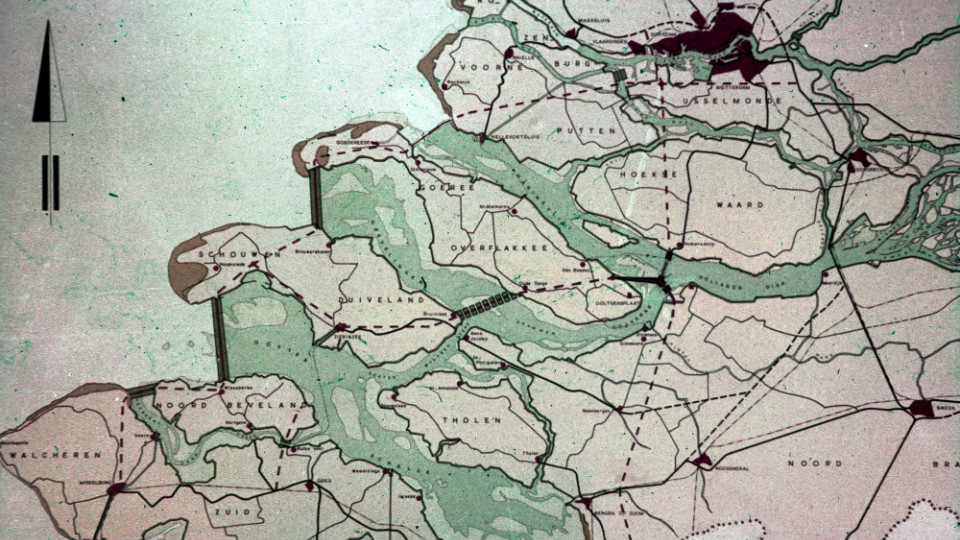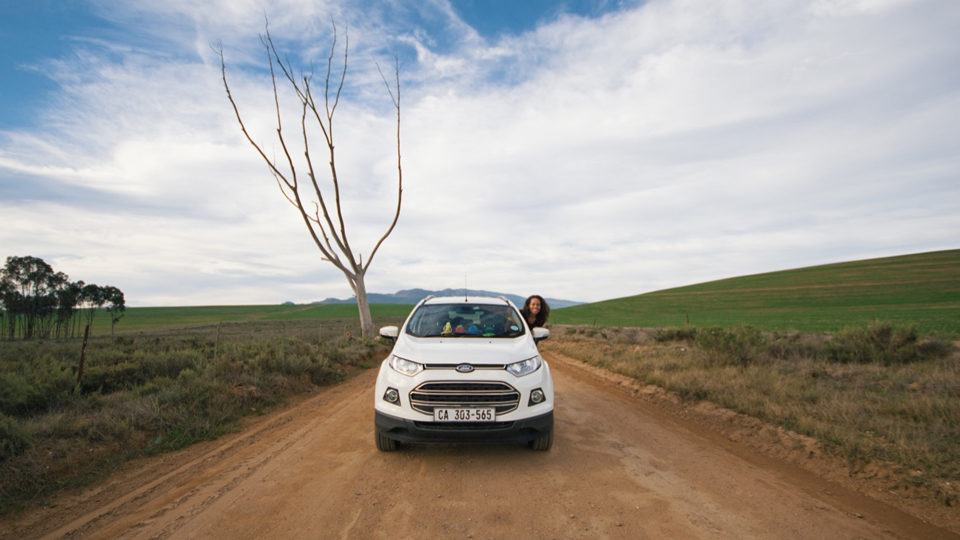
Navigate
- The Backpacker's Guide to Eurail Passes
- The Ins and Outs of Riding the Eurail Like a Pro
- Price Breakdown: Are Eurail Passes Worth the Cost?
Hopping trains through Europe is a backpacker rite of passage and a Eurail pass is the ticket. But it's way, way more complicated than a couple clicks online and showing up at a train station.
I learned that lesson on my three-month trip across the continent with a Eurail Global Pass. The pass definitely alleviated a lot of the hassle I would have dealt with buying tickets as I went along but it still takes some planning. All the options and fine print can make anyone's head spin, so it's time it was put in an easy-to-read guide. This is all part of an in-depth series we'll be releasing over the next several weeks.
The Basics
To start, there are four passes to choose from: Global, which is good for up to three months of travel in 28 countries, Select for two months of travel in your pick of four bordering countries, Regional for two months of travel in two bordering countries and One Country which is, as it sounds, valid for one month of travel in one country only.
Keep in mind there isn't necessarily one perfect pass for every trip. While I loved the freedom of my Global Pass, I still had to buy separate tickets in parts of Eastern Europe, such as Greece and part of Croatia. I also didn't take full advantage of the pass because I only visited 11 of the 26 countries that it covered at the time. In retrospect, I could’ve saved money by combining a couple passes. A quick trip across a border may be cheaper on a separate ticket than getting a bigger, more expensive pass.

This is why it's a rite of passage. (srv007 / Flickr)
Being 'Flexi'
All passes except the Global Pass—which is the only one that's available with unlimited days of train travel—are “flexi” passes with a certain total number of days of train travel. Each pass has a predefined number of travel days to pick from, starting at just three days for a One Country pass, all the way up to 15 days on a Global pass.
In Eurail jargon, that means that when you're buying your pass travelers have to select exactly how many days they'll be traveling by train. So, for example, it's possible to have a pass valid for six days of train travel within a two-month period. The Global Pass is the only pass that's available as a “flexi” or as a “continuous” pass. Continuous means unlimited train travel days!
Prices and Discounts
Nailing down a specific price point for each pass is difficult because the pass cost varies depending on the country, region and travel days included in the pass (remember that “flexi” thing I was just talking about?). As a general rule, Eastern Europe is cheaper to travel through than Western and Northern Europe. For example, a One Country pass for three days of train travel in Romania costs $101, while the same pass in Norway costs $210. The only way to know what the pass will really cost is to go online and start mapping out a trip.
Personally, I had a 35% discount because I was 25-years-old at the time. (Thank you, youth.) There are other discounts as well for groups and families. Eurail also has some partnerships, like discounts at PLUS Hostels, for those who purchase the pass. For a full list and description, it's best to check on the website.
In the pricing below, I deferred to standard adult pricing, without discounts, ranging from the least expensive country or region to the most expensive for each pass. All pricing is in USD and is current at time of publication.
The Passes

Where does Waldo plan to go? (srv007 / Flickr)
Global Pass
The Deal: It’s essentially an open door to Europe. The pass is valid for 28 countries and up to three months of continuous travel. Global Pass “flexi” holders can choose from five, 10 or 15 days of travel. This pass is the one I went with for my trip and I ended up visiting about 11 countries total. It makes sense for someone who has a lot of time, wants to see a lot, but doesn't want to plan much ahead of time. This is the only pass that has a “continuous” option, which means travel can be unlimited and you wouldn't need to worry about travel days. Naturally, this pass usually ends up being the most expensive.
Pro Tip: While the Global Pass seems all-encompassing, no Eurail pass includes the extra charge for seat reservations that are required on certain trains — especially the high-speed ones. The cost is often a few extra euro. Regional trains don't require reservations, so that's one way to avoid the fee, but they're also slower.
Price: $522-$1,830
Select Pass
The Deal: Two months’ worth of access to four bordering countries—meaning each country must share at least one border with one of the other four—with tons of country combinations to choose from. Good for five, six, eight or 10 days of travel. If I did my trip with a Select Pass, I’d craft my own beer tour through Austria, Germany, Czech Republic and Hungary. Prost!
Pro Tip: Any portion of the trip that includes travel through a country not included in the pass must be paid for separately. So, say I ended up going through Slovakia on my way from Hungary to Czech Republic. I’d have to cough up for that leg of the trip before I boarded the train.
Price: $196-$690
Regional Pass
The Deal: This pass combines two bordering countries, with 25 different country combinations to choose from, and is good for two months and four, five, six, eight or 10 days of travel. In some cases you get more bang for your buck if you're country counting, though. For instance, the Regional Pass has a Scandinavia option that comprises Norway, Sweden, Denmark and Finland. Croatia and Slovenia are paired up for Regional passes too.
Pro Tip: “Benelux” is considered one country for all Eurail passes, including the Regional, and covers Belgium, the Netherlands, and Luxembourg (Be-ne-lux, get it?)
Price:$181-$625
One Country Pass
The Deal: This pass is as simple as it gets. One country, one month, all in. Just choose from three, four, five or eight travel days.
One big caveat: Not all countries have One Country Eurail passes. Germany, for instance, has its own rail pass for anyone looking to visit Germany exclusively.The same goes for France and Switzerland. All other travel in these countries can be covered with Eurail passes (a France-Germany Regional pass is just fine). Some Balkan countries, like Bosnia Herzegovina and Serbia, are only recently becoming popular tourist destinations and don't currently have One Country Passes either.
Pro Tip: I don't recommend traveling Greece on a One Country pass. I wish I had known that Greece's mainland trains often have disruptions and ferries to the islands aren't included in the pass — there's only a discount, which often requires booking far in advance. For island travel, I'd go with the One Country Attica pass instead, which offers six ferry trips in one month, making it the best bet for traveling the Greek Islands.
Price: $101-$501
The Ins and Outs of Riding the Eurail Like a Pro →



